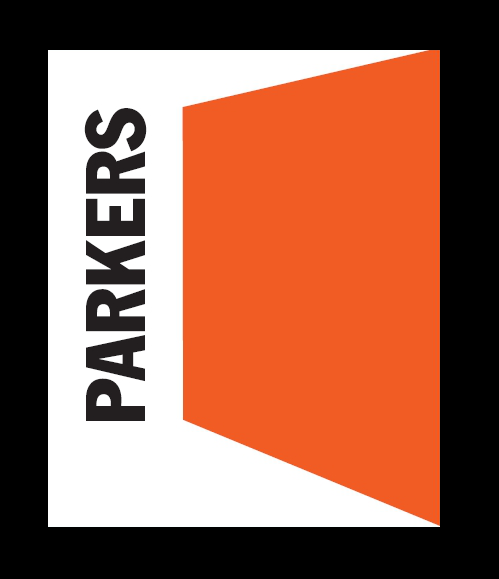
The Fire Safety (England) Regulations 2022
Following the Grenfell Tower tragedy all fire safety legislation is being reviewed and overhauled. The Fire Safety Act (discussed before) changed the rules for all multi occupied buildings and now the Fire Safety (England) Regulations 2022 introduce further changes in any block with communal areas.
The properties
The main focus of this legislation will be the larger blocks. Many provisions will only apply to block above 18 meters, or seven storeys, and other applying to all blocks over 11 meters. This may affect landlord as they own flats in such blocks but it is less likely to be the direct responsibility of the landlord to carry out the changes. However, the regulations also include provisions that apply to any building with a communal areas, so a landlord with a house converted into two flats, with one front door, has new obligations. Regulation 9 and 10 are the relevant parts but they do not apply if there are no communal areas.
The regulations
The Fire Safety (England) Regulations 2022 will take effect from the 23 January 2023. The new rules are all about information provision so if you own a flat in a large block the owner/manager of the block will need to engage more with the residents (and to know more about the residents) and if the landlord owns the “block” or house converted into flats, they will have the direct responsibilities. The import thing is to understand who is the responsible person?
Who is a responsible person?
A ‘responsible person’ is defined in the Regulatory Reform (Fire Safety) Order 2005 as the person who has control of the premises. This is essentially the freeholder or their agent. In most blocks, if it is not the freeholder themselves, it is likely to be a block manager to whom the freeholder has delegated responsibility. If a landlord has converted a property into two separate dwellings and instructs a letting agent to manage both properties it will be important to define who is the responsible person. We can expect that freeholders or their agents will now have an even greater need to know who is occupying each unit within the building. The freeholder or block management company might now insist that they are informed of any change of occupiers as a condition of consent to let, or even as a condition of a grant of a long term lease. Where there are lettings of individual rooms the responsible person is likely to be the owner or delegated to their letting agent.
Regulation 9
Requires that the responsible person must display fire safety instructions in a conspicuous part of the building e.g. on a notice board in the communal hall. The instructions that the responsible person provides must be easily understood by the occupants of the building. They should include an evacuation strategy, instructions on how to report a fire to the fire and rescue authority and any other information on what to do in the event of a fire, for example about not using the lifts in a tower block. The instructions will need to be kept up to date, and following any material changes, new instructions will have to be conspicuously displayed and provided to all residents.
Regulation 10
Regulations 10 (1) to (3) require that information must be provided to residents, by the responsible person, concerning fire doors in the building including that fire doors should be kept shut when not in use; that selfclosing devices should not be tampered with and that damage or any faults with fire doors should be reported to the responsible person. Fire doors and the propping them open because residents find the selfclosing inconvenient, is a perpetual problem but failure to allow them to work as they are designed can be fatal. This new requirement requires the responsible person to engage more with this issue.
New residents
In relation to both requirements, each new resident must be provided with a copy of the instructions or information as soon as reasonably practicable after they move in and each existing resident of domestic premises must be provided with a copy within 12 months of 23 January 2023 and within each 12 month period thereafter.
